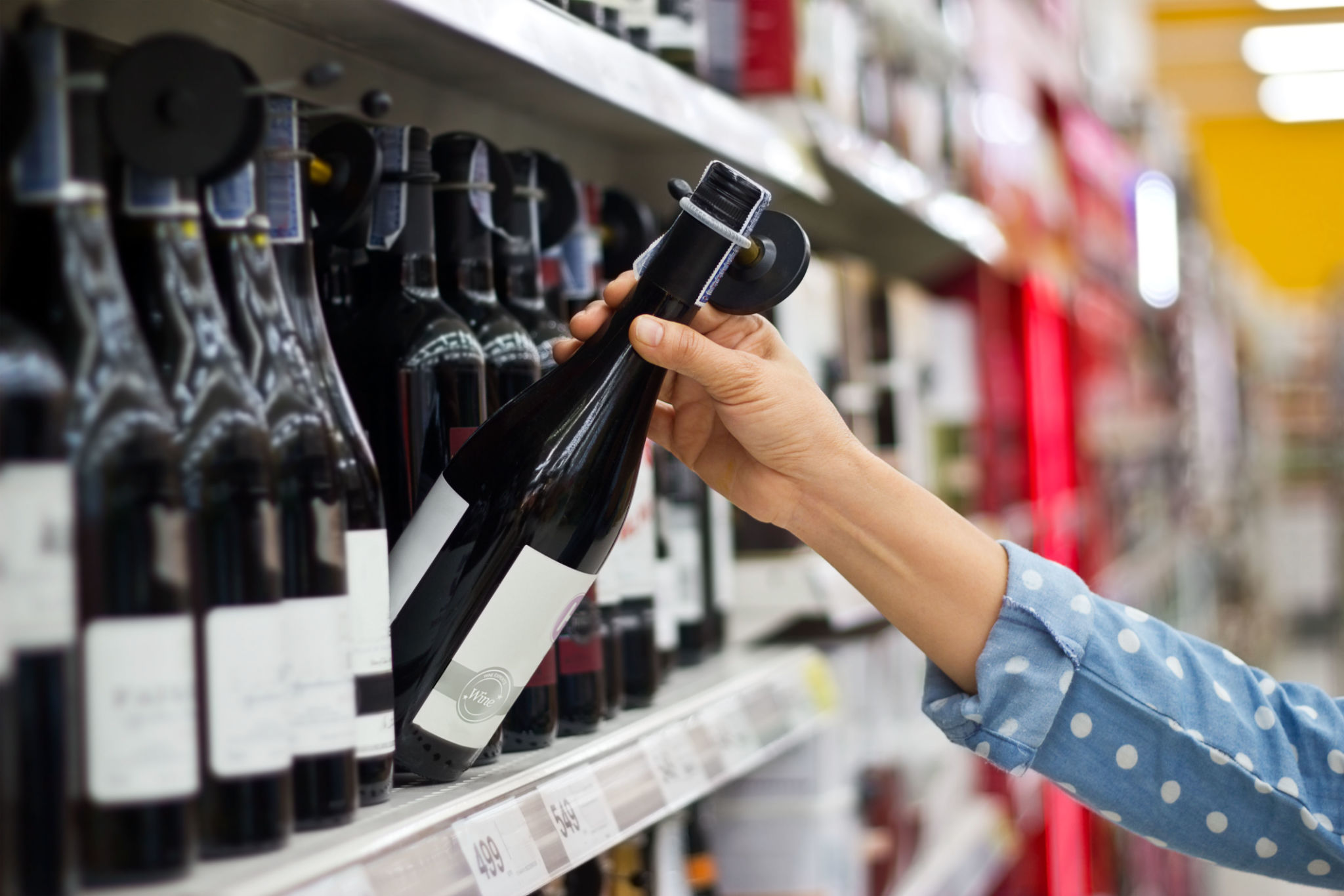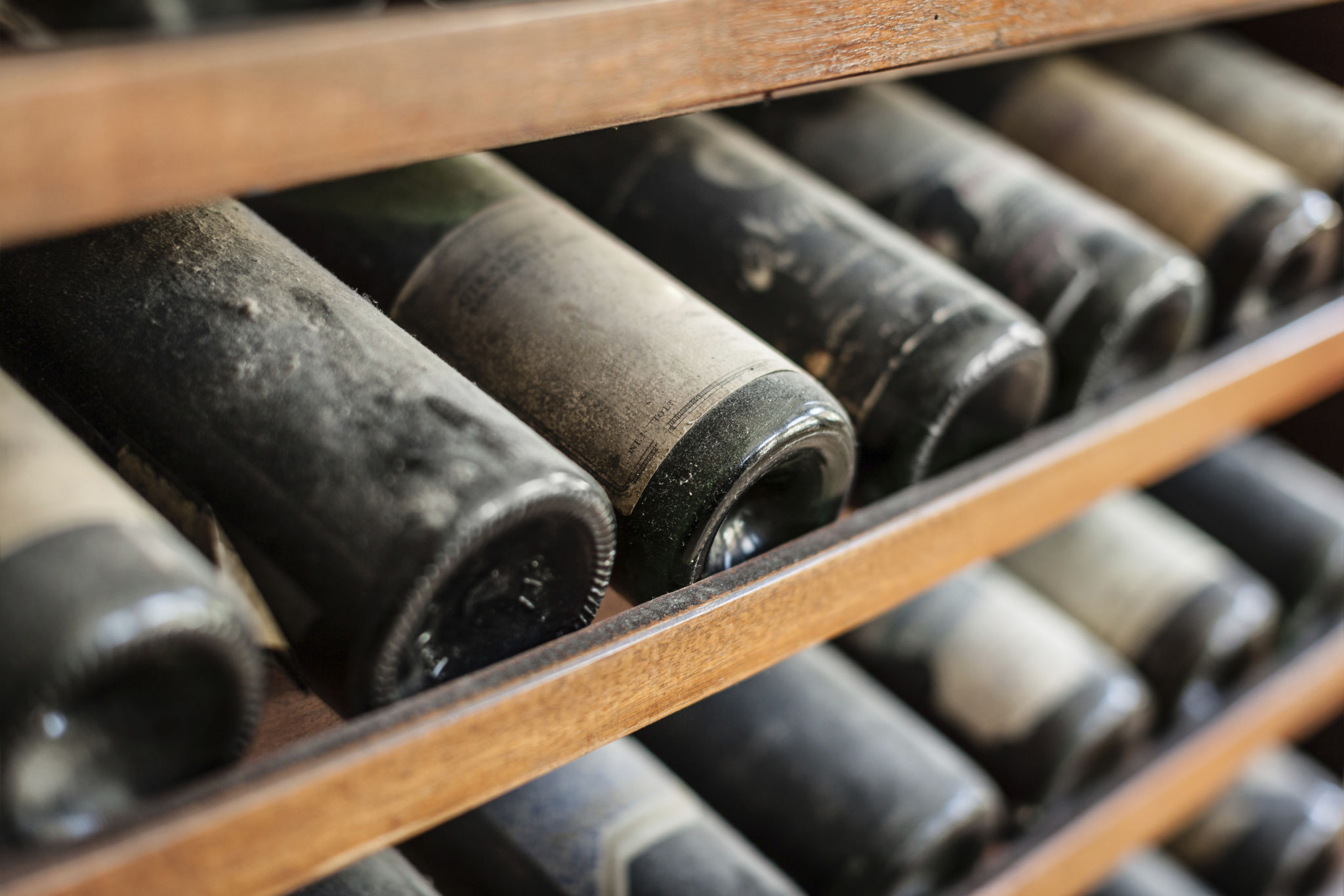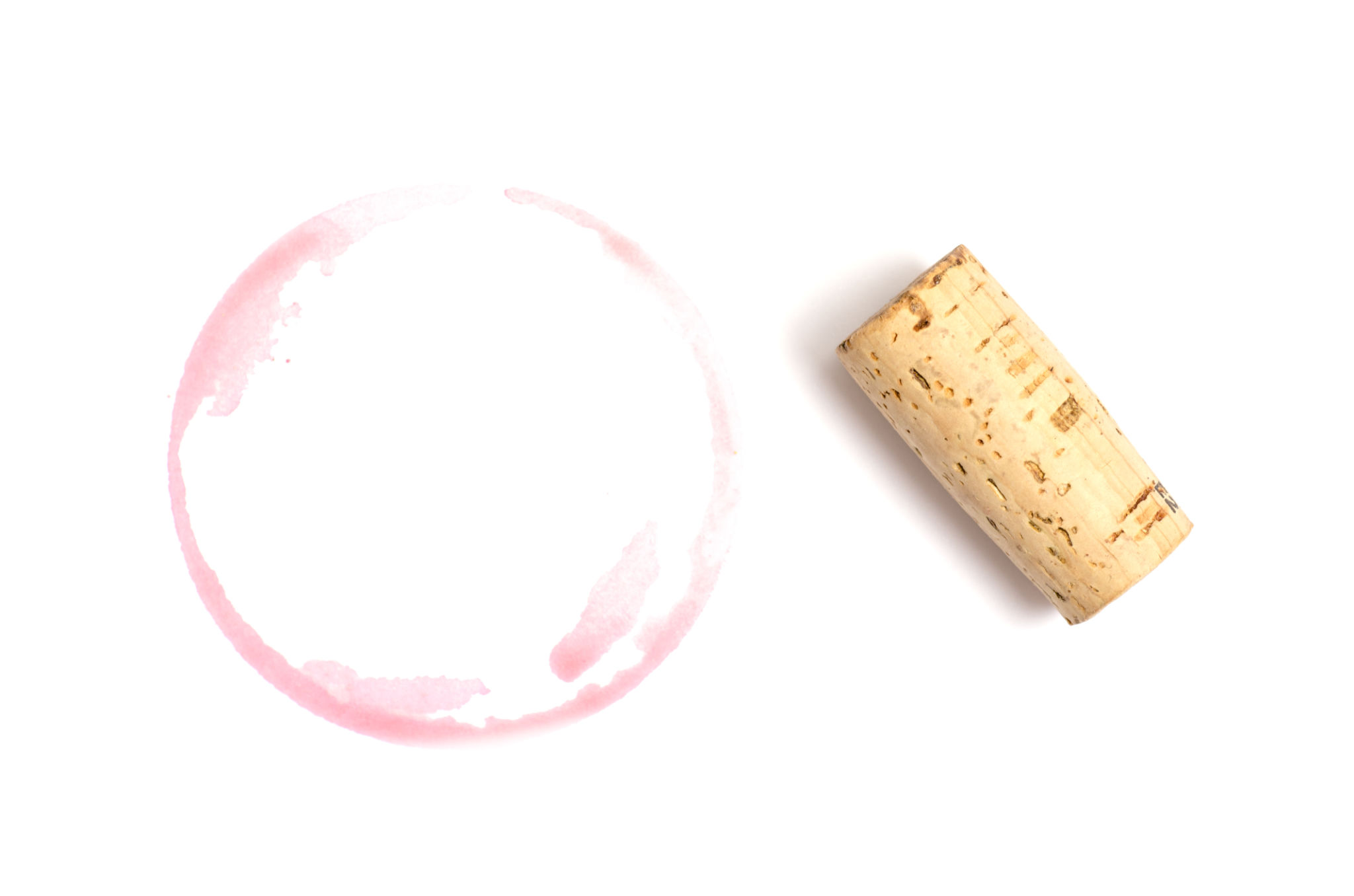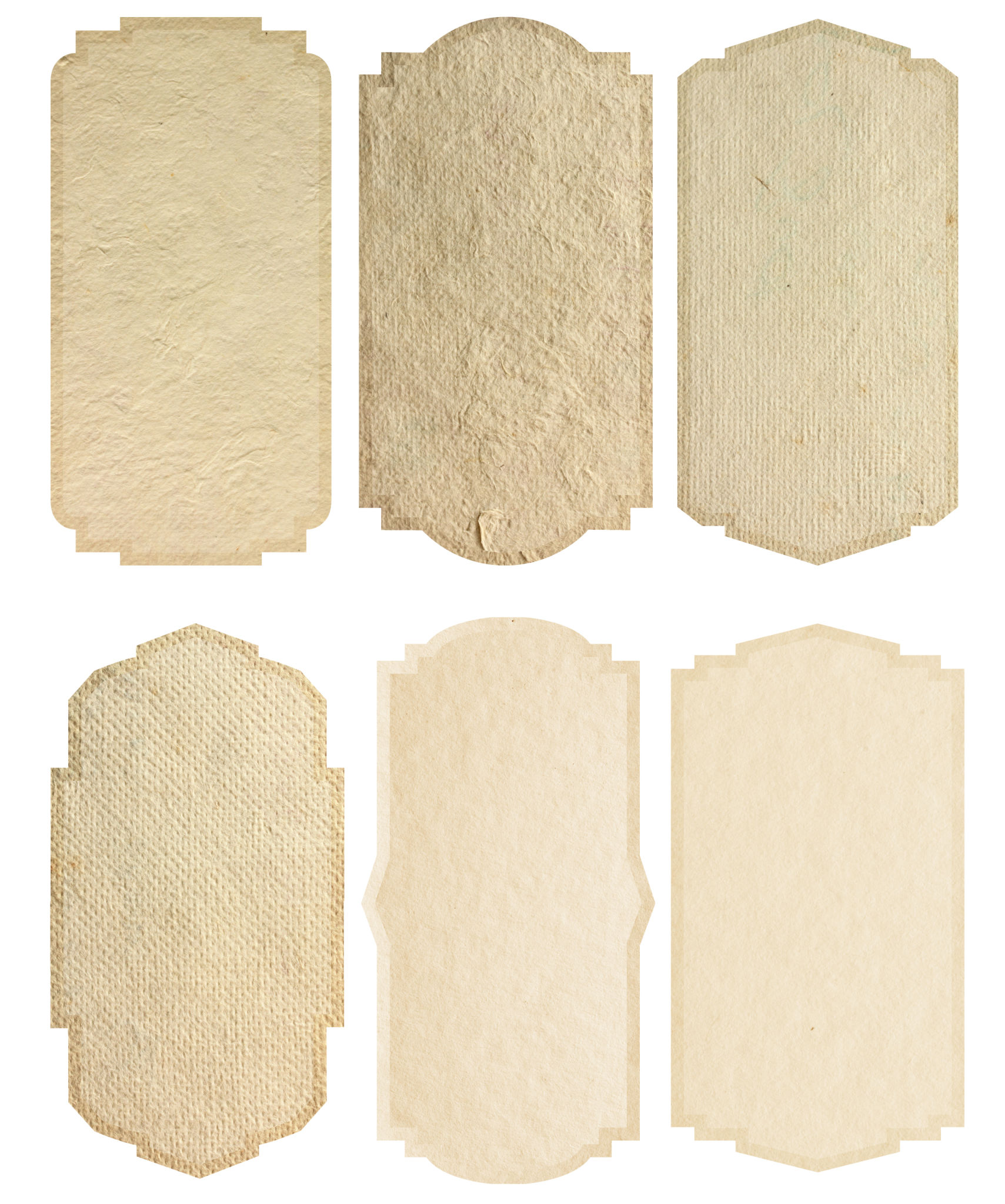Wine Myths Debunked: What You Need to Know Before Your Next Purchase
HB
Understanding the Price Tag
One of the most common myths about wine is that the price is directly related to its quality. While it's true that some expensive wines are exceptional, there are also plenty of budget-friendly options that offer delightful flavors and aromas. The price of a wine can be influenced by factors such as brand prestige, production costs, and marketing, rather than just the quality of the wine itself.
When shopping for wine, it's important to consider your personal taste and preferences rather than being swayed by a high price tag. Many affordable wines receive high praise from critics and consumers alike. So, don't hesitate to explore the lower shelves for hidden gems that won't break the bank.

The Truth About Aging
Aging is another aspect of wine that is often misunderstood. Contrary to popular belief, not all wines benefit from aging. In fact, most wines are meant to be consumed within a few years of their release. Only a small percentage of wines, primarily certain reds and fortified wines, have the structure and complexity to improve with age.
If you're looking to start a wine collection or invest in bottles to age, research which specific types are known for their aging potential. Otherwise, enjoy your wines while they are fresh and vibrant, as many are crafted to be enjoyed immediately after purchase.

Screw Caps vs. Corks
Another misconception involves the type of closure used on wine bottles. Many people believe that wines sealed with screw caps are of lower quality than those with corks. However, this is not necessarily true. Screw caps are increasingly popular due to their ability to preserve freshness and prevent cork taint, a fault caused by contaminated corks.
- Screw Caps: Ensure a tight seal, preserving the wine's freshness.
- Corks: Allow for slight oxygen exchange, beneficial for certain wines.
Both closures have their advantages, and choosing one over the other should be based on the type of wine and personal preference rather than perceived quality.

Decoding Wine Labels
Navigating wine labels can be daunting, but understanding them can greatly enhance your purchasing decisions. Many consumers shy away from unfamiliar terms or labels in foreign languages, missing out on potentially great wines. Key information to look for includes the grape variety, region of production, and vintage year.
Take the time to familiarize yourself with these terms and don't be afraid to ask for assistance from store staff or sommeliers. They can provide valuable insights into what different labels signify and help you make informed choices.

The Role of Temperature
The temperature at which you serve wine can significantly impact its taste. A common myth suggests that red wines should be served at room temperature and whites chilled, but this oversimplifies the nuances of serving temperatures. Serving reds too warm can amplify alcohol flavors, while serving whites too cold can mute their aromas.
- Light Reds: Slightly chilled (55°F-60°F).
- Full-bodied Reds: Room temperature (60°F-65°F).
- Whites: Well-chilled (45°F-50°F).
Adjusting your wine's temperature according to its type can enhance your drinking experience and allow you to fully appreciate its flavors and aromas.
